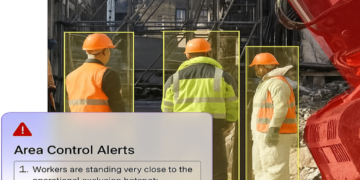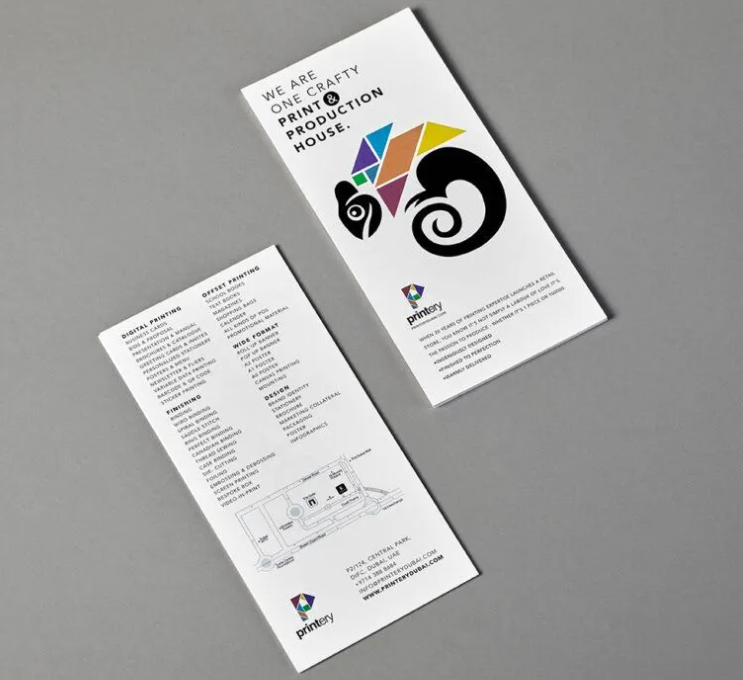In today’s digital-first world, marketing channels are constantly evolving. From social media ads and email campaigns to QR codes and digital flyers, businesses have more ways than ever to reach potential customers. Yet, even with all the advancements in technology, traditional printed flyers continue to maintain a strong presence. This raises an important question: Are digital flyers truly replacing printed flyers, or do both still matter in modern marketing?
The short answer is that both have their place, and understanding when and how to use each can make a significant difference in the effectiveness of your campaigns. Let’s take a closer look at how both formats serve unique roles in today’s marketing landscape.
The Rise of Digital Flyers
Digital flyers have become increasingly popular because they align perfectly with how people consume information today on their phones, tablets, and laptops. They are easy to distribute, cost-effective to produce, and can reach audiences instantly, regardless of geography.
Businesses can share digital flyers through email newsletters, social media platforms, or instant messaging apps. With a single click, they can reach thousands of viewers and even track how many people opened, clicked, or shared the content. This data-driven feedback allows marketers to refine their strategies quickly and efficiently.
The creative possibilities are nearly limitless. Digital flyers can include animations, hyperlinks, videos, and interactive features that engage audiences far more dynamically than static print ever could. For startups and small businesses working within limited budgets, this kind of flexibility and cost-efficiency is a major advantage.
However, the digital format isn’t perfect. Online audiences are constantly bombarded with advertisements, pop-ups, and notifications. Amid this digital noise, even well-designed flyers can easily get lost. Many consumers scroll past marketing materials without giving them a second glance, which can limit their impact despite wide distribution.
The Enduring Power of Printed Flyers
Printed flyers, on the other hand, offer something that the digital world can’t easily replicate—a tangible, physical connection with the audience. There’s something about holding a piece of paper in your hand that creates a sense of authenticity and permanence.
Unlike digital content that disappears in a few seconds, printed flyers occupy physical space. They can sit on a desk, hang on a community board, or be handed directly to someone during an event. This tangible presence helps people remember the message longer, especially when the design is well executed and the print quality is high.
Printed flyers are also incredibly effective for local marketing. Whether it’s a restaurant promotion, real estate open house, or neighborhood event, a flyer distributed door-to-door or placed in a high-traffic area can generate real-world visibility. In-person interactions, such as handing out flyers at events or trade shows, foster direct engagement that digital campaigns often struggle to achieve.
The tactile experience of quality flyer printing with crisp visuals, vibrant colors, and a professional finish can leave a powerful impression. It’s not just about what’s printed, but how it feels in the hands of your audience. That physical connection subtly reinforces the credibility of your brand.
Comparing Strengths: Digital vs. Printed Flyers
| Aspect | Digital Flyers | Printed Flyers |
| Reach | Global, instant, and shareable | Local, targeted, and personal |
| Cost | Lower production and distribution costs | Higher printing and logistics costs |
| Design Flexibility | Can include animations, videos, and links | Limited to visual and tactile appeal |
| Tracking | Easy to measure engagement through analytics | Difficult to track response rates |
| Durability | Can be deleted or ignored easily | Physically present, longer shelf life |
| Impact | Often fleeting | Tangible and memorable |
Each format offers unique strengths depending on the marketing goal. Digital flyers are ideal for fast, wide-reaching campaigns, while printed flyers excel at leaving a lasting impression on a specific audience.
Why Both Still Matter
The key to effective marketing today isn’t choosing between digital and print—it’s knowing how to integrate both strategically. Modern campaigns are most successful when they use a hybrid approach that leverages the advantages of each medium.
For instance, a brand could launch an event using printed flyers distributed locally while simultaneously sharing a digital version through social media. This dual strategy increases visibility, ensuring that people see the message both online and offline. The printed version provides credibility, while the digital version allows for quick sharing and easy access to more information via QR codes or website links.
In many industries, printed materials complement digital strategies beautifully. For example:
- Retail stores use printed flyers to promote local discounts while sharing digital versions via email.
- Real estate agents distribute printed property flyers at open houses while also posting interactive versions online.
- Event organizers hand out printed invitations while boosting attendance through online reminders and e-flyers.
By blending physical and digital approaches, businesses create multiple touchpoints with potential customers, improving brand recall and engagement.
The Human Element in Marketing
It’s worth noting that marketing isn’t just about visibility, it’s about connection. In a world increasingly dominated by screens, the human touch of printed materials often feels refreshing. People tend to trust printed content more, as it gives a sense of effort, craftsmanship, and legitimacy that digital formats can sometimes lack.
At the same time, digital flyers allow for convenience and real-time communication. They can reach audiences across the globe within seconds and are environmentally friendly since they reduce paper waste.
Rather than competing, these two media complement each other; print adds depth and trust, while digital offers speed and reach.
Conclusion
The debate between digital and printed flyers isn’t about replacement—it’s about relevance. Digital flyers have revolutionized marketing by offering accessibility, analytics, and cost efficiency. Yet, printed flyers continue to hold value for their tactile quality, local impact, and emotional resonance.
The smartest marketers recognize that both tools serve different but equally important purposes. Choosing one over the other may limit your campaign’s reach, but combining the two creates a more holistic, powerful strategy.
In essence, the future of flyer marketing lies in balance. When creativity in design meets precision in flyer printing and smart digital integration, businesses can connect with audiences in ways that are not only effective but unforgettable online and offline alike.


















